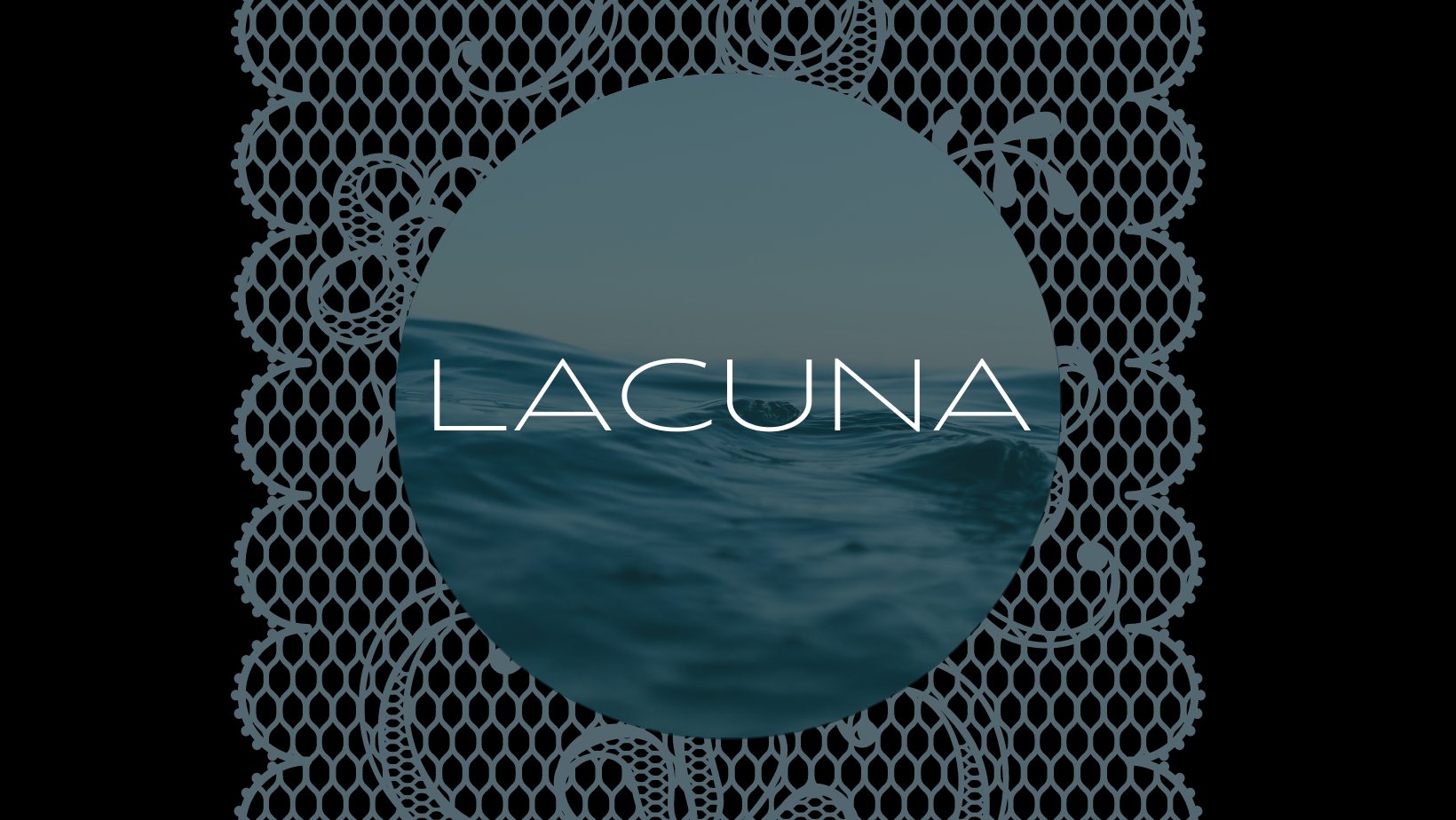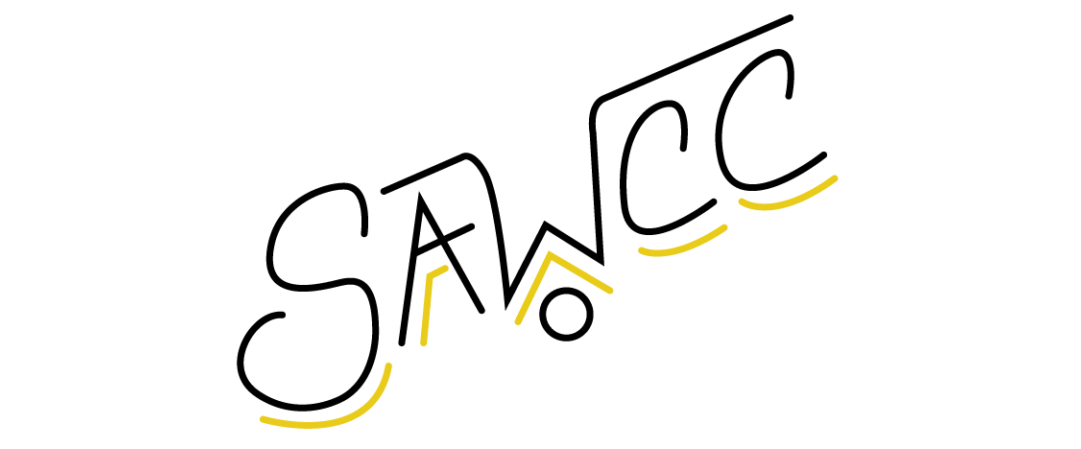
Presented in partnership with the South Asian Womxn’s Creative Collective, LACUNA is an interactive virtual reality art installation and community gathering space highlights contemporary artists living in the Americas and Europe who are descendants of South Asian Indenture.
Exhibition Statement
LACUNA is a multi-disciplinary art project that bridges the past, present, and future, the material world and the digital world, to create a space for community, collaboration, and reflections on the role of identity within contemporary art practices. Built on the open-source interactive VR platform Mozilla Hubs, LACUNA is a rhizomatic art installation that speaks to relationships between family, ancestry, and cultural communities of indenture descended artists. The six artists who make up this initiating version of the project are based in Los Angeles, Toronto, New York, Suriname, and the Netherlands, tied together by the legacy of South Asian indenture in the Caribbean, and the intersecting forces of European colonialism and capitalism in the Americas that continue to constitute their lived experience. As products of a racially and ethnically intermixed culture, their work is in conversation with global histories or survival and trauma and involves the interrogation of spaces similar to what Dionne Brand described in A Map to the Door of No Return: Imagining our ancestors stepping through these portals one senses people stepping out into nothing; one senses a surreal space, an inexplicable space—the frame of the doorway is the only space of true existence. The virtual reality world of LACUNA offers a series of doorways to unknown, inexplicable, liminal spaces—the spaces missing from the fractured narratives handed down to us through language, gesture, body.
Programming
Exhibition Walkthrough with participating artists
November 20th at 4pm EST. RSVP here.
The walk-through will be hosted here.
Join participating artists for an exhibition walk-through—a chance to gather in the virtual space, connect, learn more about the project, and hear directly from the artists who collaborated to create this space.
Indo-Caribbean Artist Salon
December 11th at 4pm EST.
Artists who are descendants of South Asian indenture are invited to share work at this artist salon, a great opportunity to engage with the work of our global community, to find points of connection, explore themes, and further our conceptual engagement with issues of race, colonialism, migration, gender, history, etc.
As this is a virtual space, the exhibition will be on view indefinitely, and will grow and develop over time.
Technical Information
This project was built using the open-source interactive Virtual Reality platform Mozilla Hubs. It can be accessed using a web browser (Chrome is recommended) and utilizing a trackpad/mouse and keyboard to navigate. More information on navigating in Hubs is available here. The room can also be accessed using most VR headsets, simply use the exhibition link at the top of the press release, click “enter on device”and then use the code provided. We do not recommend using a phone or tablet to access this space as the artwork may not display. Members of the press are welcome to contact Maya Mackrandilal to make an appointment to walk through the space virtually.
Participating Artist Bios
Vanessa Godden
Vanessa Godden (they/them) is a queer Indo-Trinidadian and Euro-Canadian artist and academic based in Toronto, Canada. Vanessa has a PhD from the Victorian College of the Arts (2020), supported through the Melbourne International Research Scholarship and Melbourne International Fee Remission Scholarship. They received their MFA from the Rhode Island School of Design (2014) and BFA from the University of Houston (2012). Their artistic practice uses performative gestures to explore how personal histories of sexual assault, cultural heritage, and the body in relation to geographic space can be conveyed through material engagements with the body.
Andil Gosine
Andil Gosine (Trinidad and Tobago, Canada) is Professor of Environmental Arts and Justice at York University in Toronto, and author of Nature’s Wild: Love, Sex and Law in the Caribbean (Duke University Press, 2021). He is curator of the forthcoming exhibition everything slackens in a wreck at the Ford Foundation gallery in New York, which will feature artists who are all descendants of indentured workers. The companion exhibition for Nature’s Wild, featuring new collaborative work, opens at Medulla Art Gallery in Port of Spain in January 2022. View here for more information.
Sarojini Lewis
Sarojini Lewis (India/Netherlands) has a background in Fine Art (MFA Fine Art Edinburgh University) with a specialization in archival photography, video art and book arts. She is currently working as a researcher and artist. Her ongoing PhD research in visual studies in JNU examines the indentured labour archive in the Indian Ocean and Suriname through a contemporary lens. Her projects reveal a preoccupation with history: of the landscape, the city, the environment and its user. She questions what unites men in particular their cultural diversity, what kinds of views are present. Recurring elements in her visual research are photographs of objects, people, migration and moments that reveal forgotten situations, and function as visual traces and fragments that create narratives that lead to new perspectives.
Maya Mackrandilal
Maya Mackrandilal is a multidisciplinary artist and writer living on Tongva land (Los Angeles, CA). Born in the US, she is a mixed-race woman of color with global roots. Her mother is of Guyanese origin, primarily descended from South Asian indentured laborers as well as enslaved West Africans and Chinese indentured laborers. As the child of a headstrong single mother and raised within a loving village of extended family and friends, Mackrandilal’s exposure to a multitude of worldviews and experiences has deeply influenced her creative practice. She received her BA in Studio Art with High Distinction from the University of Virginia and her MFA in Studio Art from the School of the Art Institute of Chicago, where she was a Jacob K. Javits Fellow. She has shown her artwork nationally and has published essays, creative nonfiction, and poetry. She is featured in the anthologies Queering Contemporary Asian American Art, Liminal Spaces: Migration and Women of the Guyanese Diaspora, and The Art of Being Dangerous.
Dhiradj Ramsamoedj
Dhiradj Ramsamoedj was born in Paramaribo, Suriname, to a family of Indian descent. In 2004, he graduated from the Nola Hatterman Art Academy in Paramaribo, and went on to study at the Workshop of the Gerrit Rietveld Academy in the Netherlands (2007-2008). He is currently studying at the Institute for Educational Training, Paramaribo.
Ramsamoedj is in love with the creative process of making art: “When I’m working on my art, I am completely in charge of what I create from beginning till end. I am totally in control, and that gives me a very gratifying sense of power.” His paintings, sculptures, and installations are inspired by everyday people and everyday issues. His works employ a wide variety of media and materials, including textiles—an important part of his identity, as he grew up in a family of tailors—as well as tin cups, wooden sticks, and plastic bottles.
Seema Shakti
Seema Shakti (she/her) is a self-taught visual artist born, bred and based in New York City (occupied Lenapehoking). She’s inspired by Mother Earth and the power of the divine feminine.
Although she’s more formally identified as a visual artist over the past nine years, Seema has been creating since her childhood. Her art practice is a nourishing ritual meditation and portal that deeply connects her to her ancestors, kundalini shakti, and the cosmos.
Through her work, Seema explores the cross-section between women, nature and spirituality with vibrant illustrations of women of color in color. Through these pieces, she depicts women of color who are unapologetically centered in their truth and wholeheartedly own their power. Her primary mediums are digital and watercolor. And, her work is rooted in her upbringing as well as her Indo-Caribbean and South Asian ancestry.
